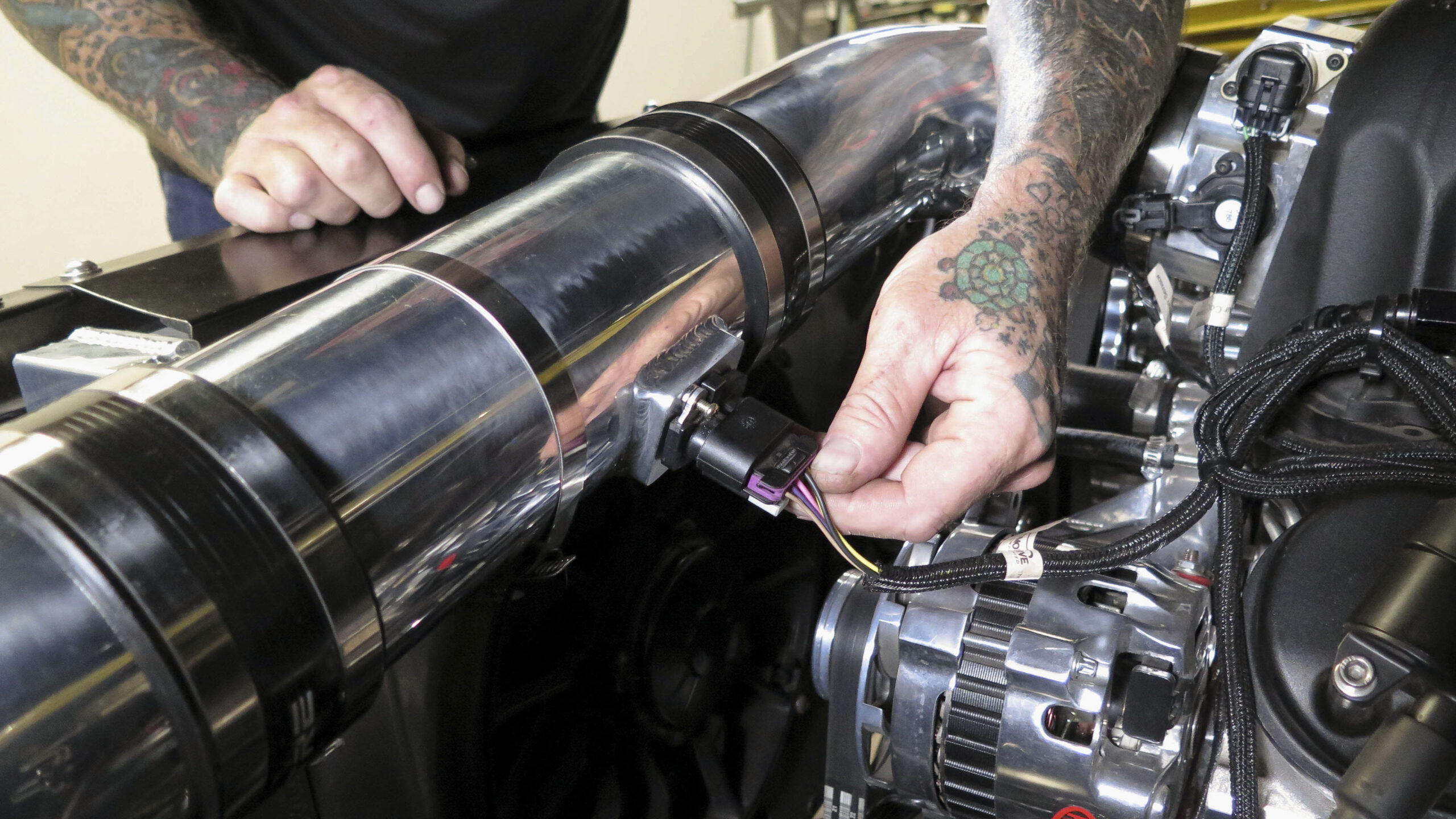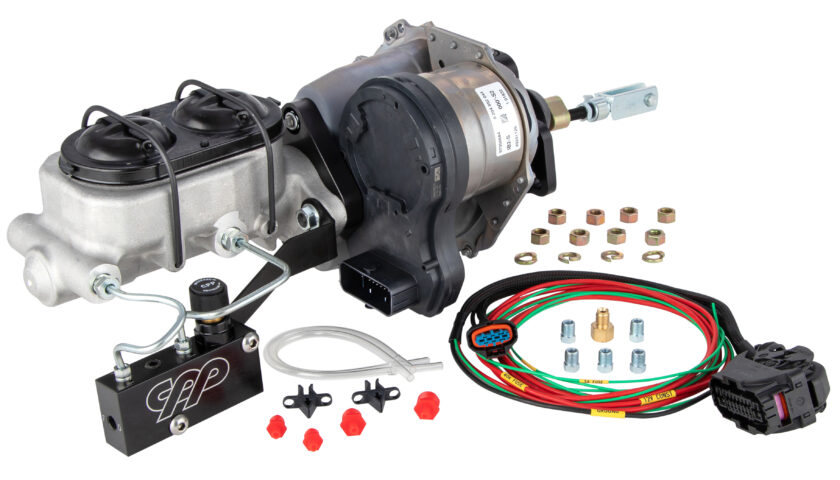
While working on an article about assembling a custom air intake system for LS engine, we came across some valuable information. There’s a fair amount of debate on the internet regarding LS MAF sensor location. That is, where exactly should the MAF sensor be installed in the intake system?
After to some digging around on the Chevrolet Performance website, we found the answer. But, it was more like recommended parameters than a black and white answer. Technically a MAF sensor (mass air flow sensor) can be mounted a variety of places and work. But, since we’re in the mindset of doing it right, we’re thinking it’s a good idea to follow those recommendations.
GM Recommended Parameters for LS MAF Sensor Location: 4″ Diameter Tubing
- The MAF must be located at least 10″ from the throttle body and on a minimum 6″ straight piece of intake tube.
- On the side of the MAF closest to the filter there should be at least 3″ of straight.
- On the side of the MAF closest to the throttle body, there should be at least 1″ of straight.
- The MAF sensor should be mounted on the top 180-degrees of the intake tube.

Mass Air Flow Sensor Location Theory: Explained!
Chevrolet Performance recommends the MAF be at least 10″ from the throttle body. This is to move the sensor far enough away from intake pulses which could disrupt the reading. Being at least 10″ from the throttle body will give the MAF more consistent airflow to read.

Chevrolet designed the MAF to read airflow for a given throttle position/engine load/RPM/etc. A bend in the intake system will act as a slight restriction which will decrease the airflow. If the MAF is located too close to a bend it may be reading a slower air speed than intended.
Related Story: Get Custom A/C Hardlines Made For Your Vintage Air Kit
Now to explain the “top 180 degrees” mounting location. If any moisture enters the intake system and the MAF is located below the centerline of the tube, it is likely to accumulate moisture. If the MAF is wet, the reading will differ compared to normal conditions. Situations where moisture could get into the intake system could include driving in wet weather or even a leak in the vehicles cooling system.








